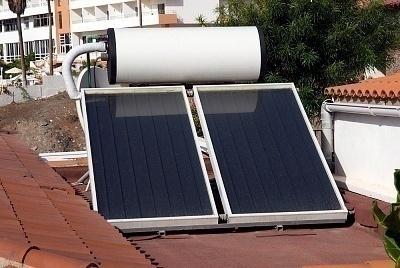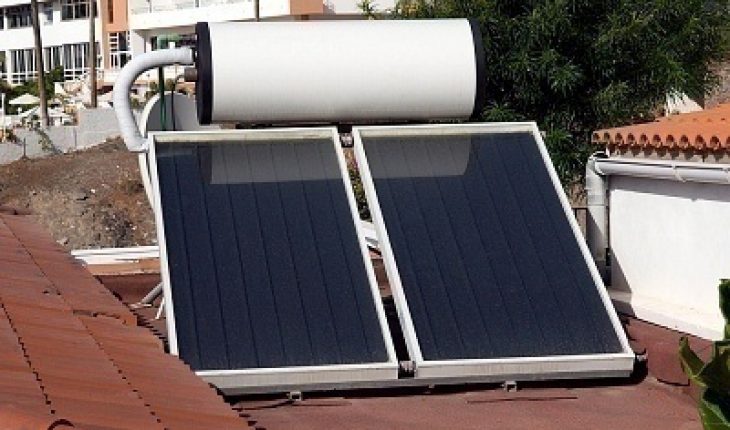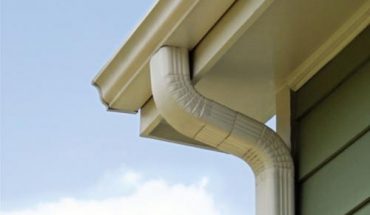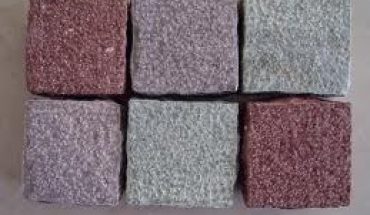A solar water heater differs from traditional gas and electric water heaters in that it uses the sun to provide a low-cost method of heating water. Technology has evolved to the point that solar water heaters can be used in any climate. Solar water heaters are normally comprised of one or many storage tanks and solar energy collectors.
What Are the Types of Solar Water Heating Systems?
There are two types of solar water heating systems: active and passive. Active heating systems use water circulating pumps and have a control system, while passive systems do not. The majority of water heaters have at least one large storage tank. Some systems use a two-tank method where one tank’s purpose is to preheat the water.
What Are the Types of Solar Collectors Used for Solar Water Heaters?
There are three types of collectors used for residential purposes: flat-plate, integral collector-storage, and evacuated-tube collectors. The Flat-plate collector consists of boxes that have a dark absorbent plate underneath a weatherproof cover to absorb the sun’s rays. Integral-collector systems have one or more tubes in a glazed box. Cold water is passed through the tubes that preheat the liquid, which is then moved to the backup water heater. Due to the moving liquid, these systems do not do well in very cold climates. An evacuated-tube collector has a number of rows of glass tubes that are used to absorb the sun’s rays. They have a fin attached to the metal portion of the tube to prevent heat loss and increase efficiency.
What Are the Types of Active Solar Water Heaters?
There are two types of active solar water heating systems: direct and indirect circulation. In the direct system, water is pumped through the solar collectors and back into the home. These work well in warm climates, whereas indirect circulation systems are better suited for cold environments. In the indirect model, non-freezing fluid is pumped through the collectors then a heat exchanger. The water is then heated and flows into the residence or home.
What Are the Types of Passive Water Heaters?
Passive water heating systems are cheaper than active ones, but they are not as efficient. The two types of passive system commonly installed in residences are Integral-collector storage and Thermosyphon systems. The integral-collector model is used in warm climates, whereas the Thermosyphon works in cold environments. This system is designed for cold water to sink and must have the collectors installed beneath the storage tank so that the hot water rises to the top of the tank. It may require roof modifications due to the extra weight of the water tank.
Although there have been significant improvements made in solar water heaters over the past decade, most residences that have the systems also have a backup. This is done to ensure that there is always hot water in the home even during prolonged periods of darkness or lack of sunlight.





